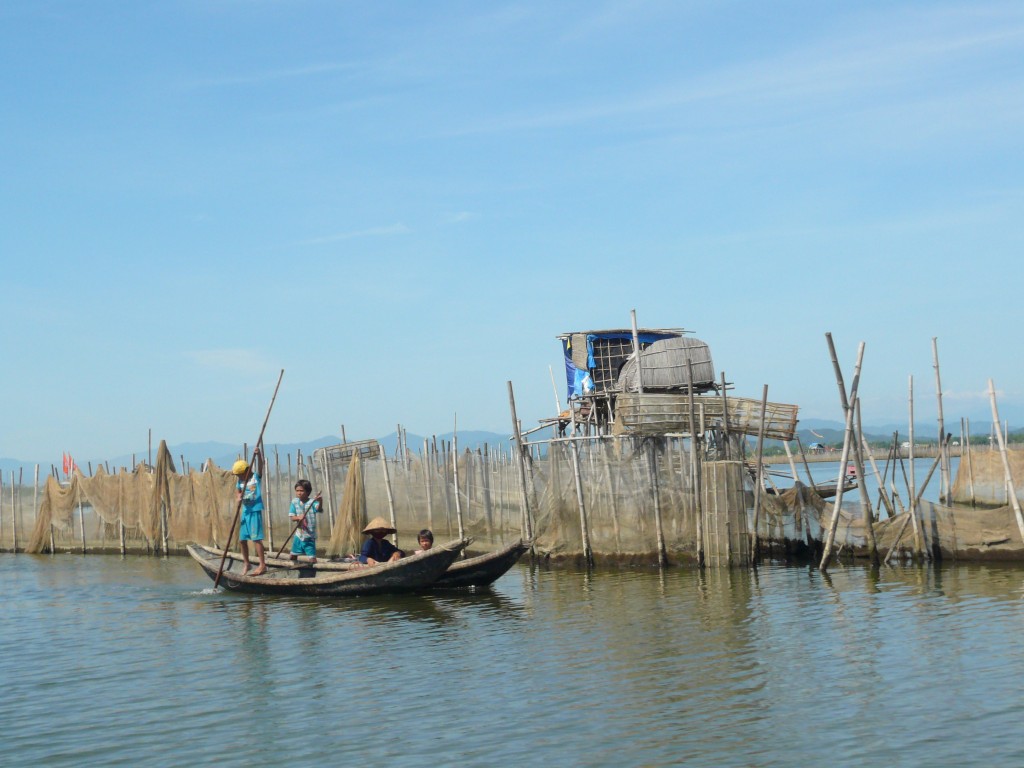 Within the context of ecosystem approach to fisheries, optimal fishing pattern is described as giving the highest possible yield while having the least structural impact on the community. Under conventional fisheries management, fishers are encouraged to apply highly selective fishing patterns for various purpos, including increasing relative yield, reducing unwanted by‐catch, protecting various species or sizes and rebuilding ecosystems. However, new studies reveal that selective removals of targeted components have detrimental effects on stocks, fish communities and the ecosystem.
Within the context of ecosystem approach to fisheries, optimal fishing pattern is described as giving the highest possible yield while having the least structural impact on the community. Under conventional fisheries management, fishers are encouraged to apply highly selective fishing patterns for various purpos, including increasing relative yield, reducing unwanted by‐catch, protecting various species or sizes and rebuilding ecosystems. However, new studies reveal that selective removals of targeted components have detrimental effects on stocks, fish communities and the ecosystem.
Several recent articles explore the question of how best to maximize fisheries yields while maintaining community structure. The also explain why small‐scale fisheries, characterized by a high diversity of seasonally adapted fishing methods, have an optimal exploitation pattern that causes the least disruptive effects on the structure of the ecosystem. To found out more, click on the articles below.















